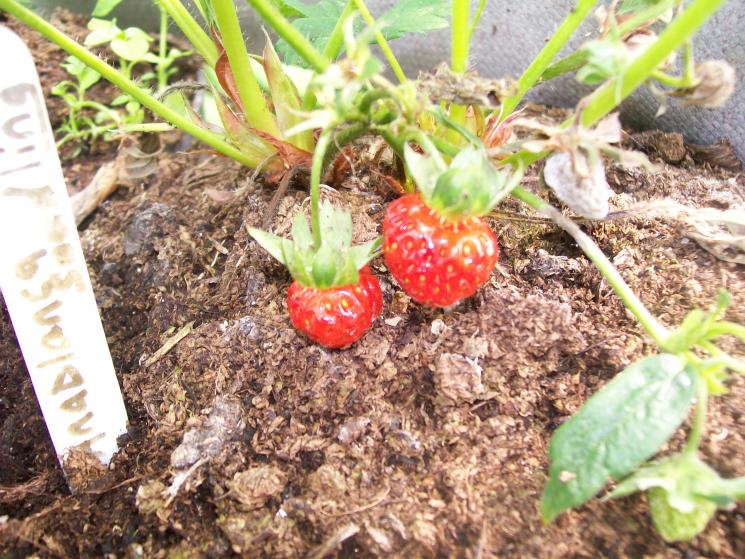Ah, the sweet succulence of those pinkish berries is simply awesome. You can make these bite-size pieces of juiciness your breakfast, dessert or snack. However, strawberries are included in top 5 of dirty dozen veggies and fruits. These “dirty dozen” are thin-skinned farm produce items which we can eat even without peeling. Surmise to say, they are too risky when they’re conventionally grown (you know, fertilizers, pesticides, or ionizing radiation).

To avoid being exposed to these harmful chemical agents, why don’t you try planting your strawberries yourself? You can easily begin making your strawberry patch right away.
Directions
- Time. Know that strawberries are perennial plants; therefore, they come back each year. Bareroot strawberries can be planted anytime but as you plant them with seeds, you should keep them indoors during early spring. This will shelter them from the harsh frost.
- Soil. Simply press the seeds into a tray or pot filled with loamy soil. The soil type should also be slightly acidic to neutral which is best for strawberries.
- Germination. Let the strawberry seeds grow for several weeks, monitoring it from time-to-time. Meanwhile you may also want to acquire a few things for your strawberry:
- containers
- hanging pots
- rain gutters
- strawberry tower
- raised beds
- Tending. Many strawberry growers pinch the first blossoms of their plants to encourage early growth into bushy leaves. A strawberry plant can mature into 6-12 inches high so if you’re planting them in a patch, you should keep at least 1 foot distance from each other.
Keep the soil surrounding the plant weeded and get rid of brownish or yellowish leaves. This will help you plant in getting the nutrients it simply deserves to be healthy.
- Harvesting. As soon as the strawberry turns red (some can be white depending on the variety you choose), you can pluck them for harvest.
